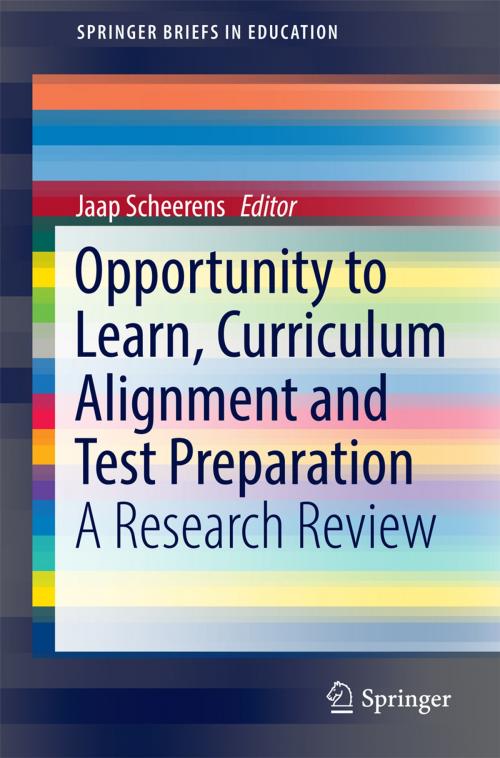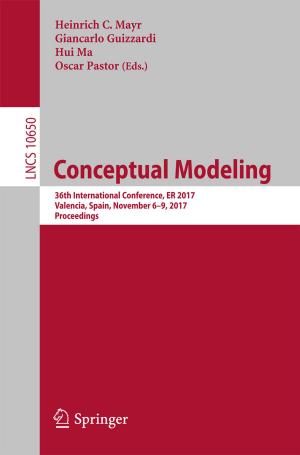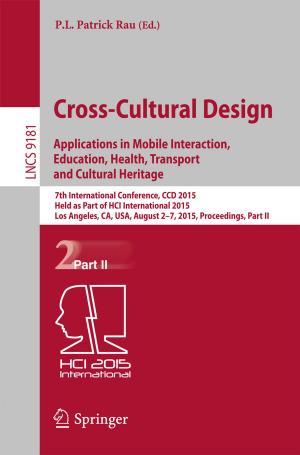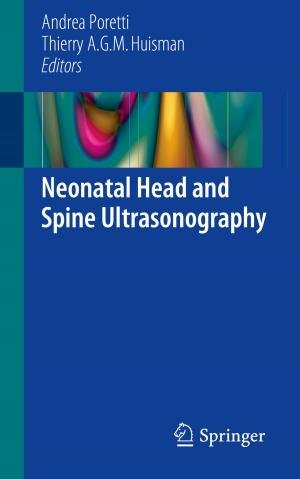Opportunity to Learn, Curriculum Alignment and Test Preparation
A Research Review
Nonfiction, Reference & Language, Education & Teaching, Educational Theory, Evaluation, Curricula| Author: | ISBN: | 9783319431109 | |
| Publisher: | Springer International Publishing | Publication: | August 30, 2016 |
| Imprint: | Springer | Language: | English |
| Author: | |
| ISBN: | 9783319431109 |
| Publisher: | Springer International Publishing |
| Publication: | August 30, 2016 |
| Imprint: | Springer |
| Language: | English |
This book provides a review of the effectiveness of Opportunity to Learn (OTL) operationalized as the association between OTL and student achievement. In addition, it presents an elaborate conceptual map in which OTL is regarded as part of a larger concept of curriculum alignment. Major components of this framework are national goals and standards, school curricula, formative tests, textbooks, actual delivery of content as part of teaching, and summative tests and examinations.
Alignment between educational goals, intended and implemented curricula, and educational outcomes is considered an important prerequisite for effective education. The expectation is that better alignment leads to better student performance. The concept of OTL is commonly used to compare content covered, as part of the implemented curriculum, with student achievement. As such it is to be seen as a facet of the broader concept of “alignment”. As it comes to enhancing OTL in educational policy and practice, proactive curriculum development is compared to a more retroactive orientation. Legitimate forms of test and examination preparation belong to this retroactive orientation, and are seen as favorable conditions for optimizing OTL. This book reviews the research evidence on the effects of OTL on student achievement by means of detailed descriptions of key-empirical studies, a review of meta-analyses, a “vote count” syntheses of 51 empirical studies, conducted between 1995 and 2015, and a secondary analysis based on TIMSS 2011, and PISA 2012 data. It concludes that the effect size of OTL, at about .30, is modest, but comparable in size to other effectiveness-enhancing conditions in schooling. The final chapter of the book provides suggestions for educational policy and practice to further optimize OTL.
This book provides a review of the effectiveness of Opportunity to Learn (OTL) operationalized as the association between OTL and student achievement. In addition, it presents an elaborate conceptual map in which OTL is regarded as part of a larger concept of curriculum alignment. Major components of this framework are national goals and standards, school curricula, formative tests, textbooks, actual delivery of content as part of teaching, and summative tests and examinations.
Alignment between educational goals, intended and implemented curricula, and educational outcomes is considered an important prerequisite for effective education. The expectation is that better alignment leads to better student performance. The concept of OTL is commonly used to compare content covered, as part of the implemented curriculum, with student achievement. As such it is to be seen as a facet of the broader concept of “alignment”. As it comes to enhancing OTL in educational policy and practice, proactive curriculum development is compared to a more retroactive orientation. Legitimate forms of test and examination preparation belong to this retroactive orientation, and are seen as favorable conditions for optimizing OTL. This book reviews the research evidence on the effects of OTL on student achievement by means of detailed descriptions of key-empirical studies, a review of meta-analyses, a “vote count” syntheses of 51 empirical studies, conducted between 1995 and 2015, and a secondary analysis based on TIMSS 2011, and PISA 2012 data. It concludes that the effect size of OTL, at about .30, is modest, but comparable in size to other effectiveness-enhancing conditions in schooling. The final chapter of the book provides suggestions for educational policy and practice to further optimize OTL.















